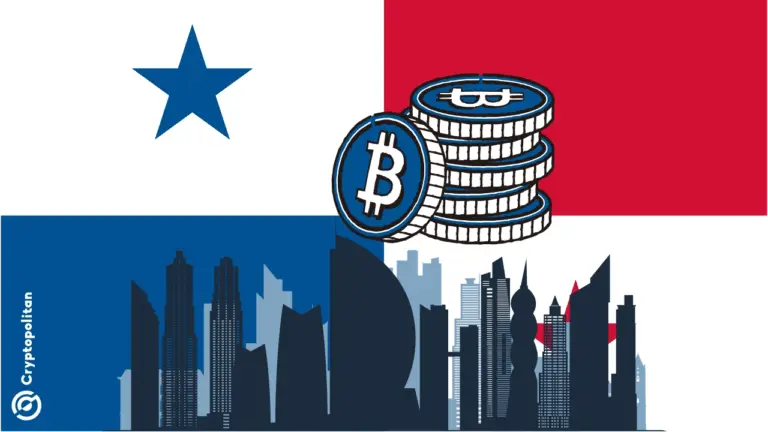THORChain To Plug $200M Debt Crisis With Equity Tokens
- THORChain is set to convert $200 million in debt into an equity token that pays 10% of THORChain’s revenue, indefinitely.
- THORChain network has lost over 30 node validators since pausing ThorFi services.
- The network’s native RUNE token dropped 48.84% to $1.23 in the past 7 days.
THORChain (RUNE) is undergoing a major restructuring plan as a $200 million debt hole prompts the community to vote on converting said debt into equity tokens that pay dividends “in perpetuity.”
-
Crypto Donald Trump’s Crypto Portfolio Sinks $40B Amid Global Economic Shifts
-
Crypto Kraken Brushes Off Legal Fines and Relaunches US Staking Services
-
Crypto ECB Chief Rejects Bitcoin for Reserves While Rest of Europe Mulls Embracing It
Thorchain Yield
In a bid to bring its $200 million in unserviceable debt under control before falling deeper into financial chaos, THORChain’s community voted in a proposal to convert this debt into equity via a new crypto token, Thorchain Yield (TCY).
As per the proposal, these tokens will be issued at a rate of 1 TCY per dollar of defaulted debt for a total of 200 million TCY token issues.
In short, this turns the lenders and savers into equity holders. Interestingly, just like equity holders, the TCY token will give holders 10% of THORChain’s revenue indefinitely.
The proposal also calls for the retirement of ThorFi services.
The core team is also now expected to establish a RUNE/TCY liquidity pool with a ratio of $500,000 liquidity at $0.1 per TCY, funded by a $5 million grant from the treasury.
This will give THORFi users a means to convert holdings into TCY. After node validators voted to pause redemptions for lending and save via THORFi, THORChain explained that:
“In the week and a half that followed, the network contracted: 31 validators exited, ~$100M in liquidity was shed, and RUNE saw a significant price drop.”
Despite this, the network remained fully operational, a testament to its ability to bend, move, and function throughout difficult times.
That said, the 90-day restructuring plan is underway, but it is uncertain how long it will take for users to be repaid in full.
THORChain on Pause
The THORChain network is in hot water as the platform has accrued a gigantic debt and leverage in its ecosystem, forcing the network to remove certain features and restructure to avoid further disaster.
Some community members and sources , including long-term investor TCB, have alleged that the network carries roughly $199 million in liabilities.
Of that, it has $97 million in borrowing liabilities and $102 million in synthetic asset and depositor liabilities.
As TCB notes, ThorFi’s risky lending and leverage features, which are considered the leading cause behind these troubles, have also been pulled from the network.
Restructuring Plan
TCB also offers several steps the network needs to take to survive and thrive afterward.
These include but aren’t limited to, permanently freezing all lending and savers positions, tokenizing lending and savers claims, and burning all Protocol Owned Liquidity (POL) keys to prevent centralization risks.
Furthermore, a proposal to increase outbound transaction bandwidth has been put forward to THORChain’s 116 active node operators.
In order to pass, it’ll need 78 votes. At the time of writing, the “MaxTxOutOffset” and MinTxOutVolumeThreshold” have 54 votes, and the TxOutDelayRate proposal has 53.
For now, cross-chain functionality remains intact, but the uncertainty has prompted a sharp decline in the value of the platform’s native token, RUNE, which shed over 30% in value following the news and almost fell under $2, its lowest price since 2023.
It has since recovered some 10% or so at the time of writing.
Disclaimer: The content of this article solely reflects the author's opinion and does not represent the platform in any capacity. This article is not intended to serve as a reference for making investment decisions.
You may also like
Bitcoin Sets Higher Lows—Can Bulls Target $88K Resistance?

Solana Faces 50% Drop Risk as $125–$137 Range Holds the Key Amid Market Volatility

Panama City Council makes history as the first government institution accepting crypto payments
Share link:In this post: Panama City council voted in favor of becoming the first public institution of government to accept payments in cryptocurrencies. Citizens will now be able to pay taxes, fees, tickets and permits entirely in crypto starting with BTC, ETH, USDC, and USDT. The city partnered with a bank that will receive crypto payments and convert them on the spot to U.S. dollars, allowing for the free flow of crypto in the entire economy.

EnclaveX launch brings fully encrypted, cross-chain futures trading to retail investors
